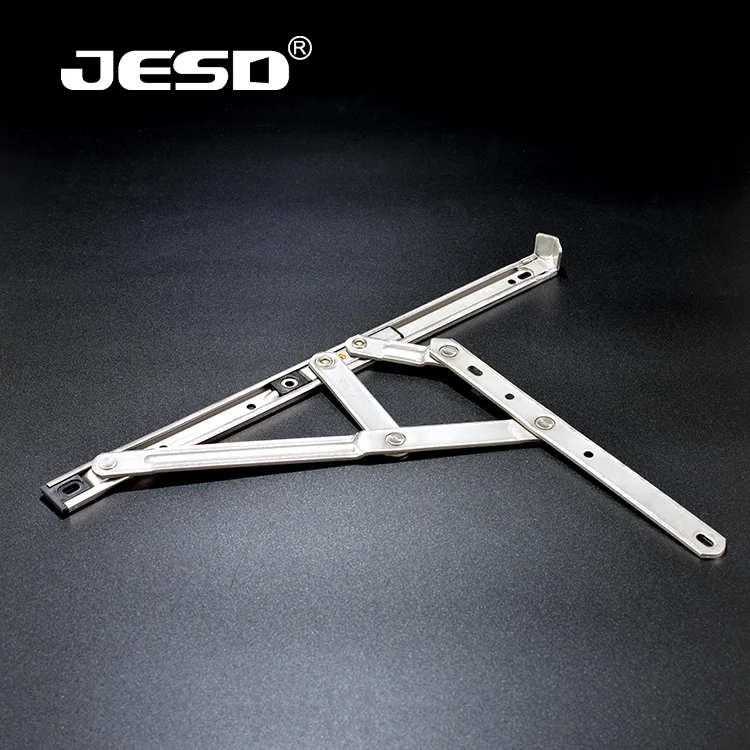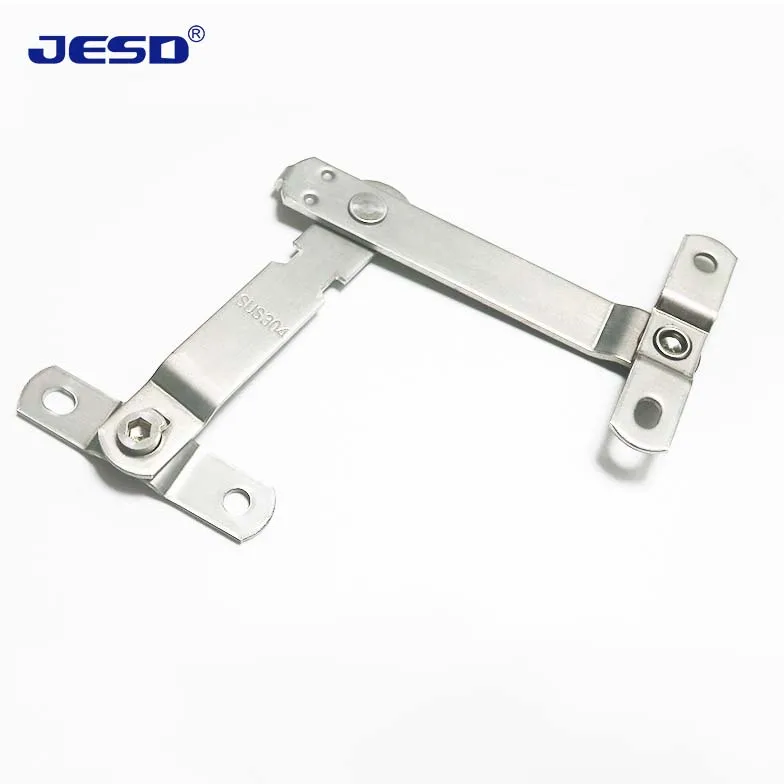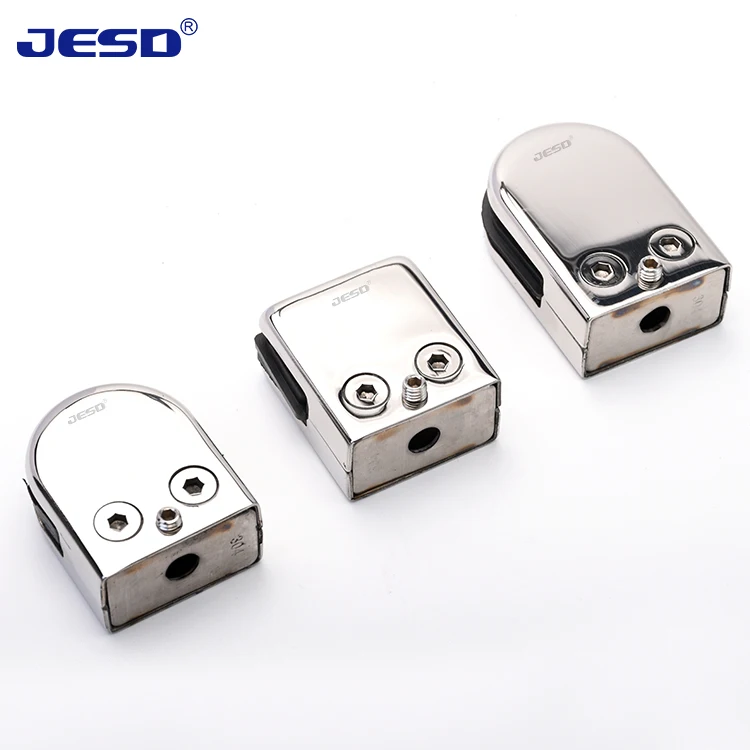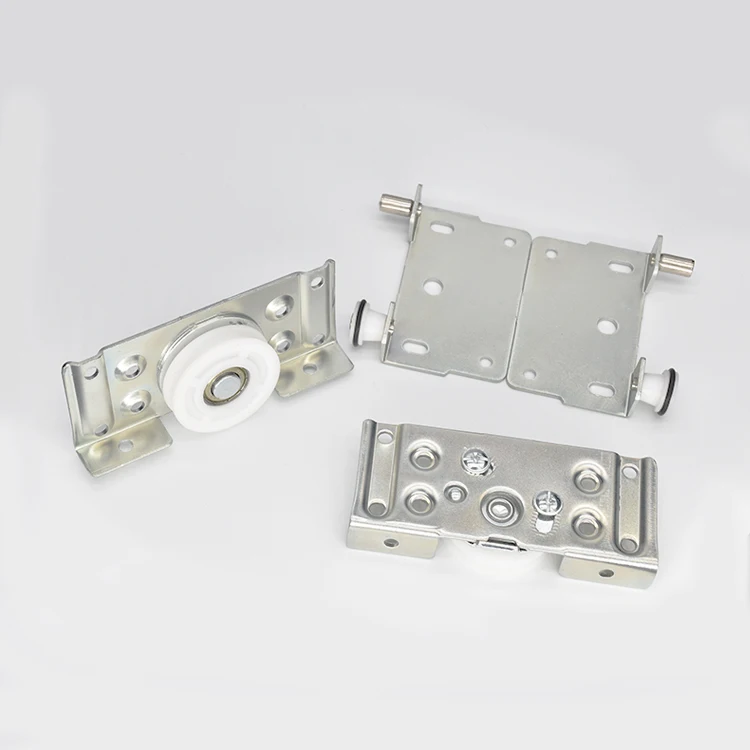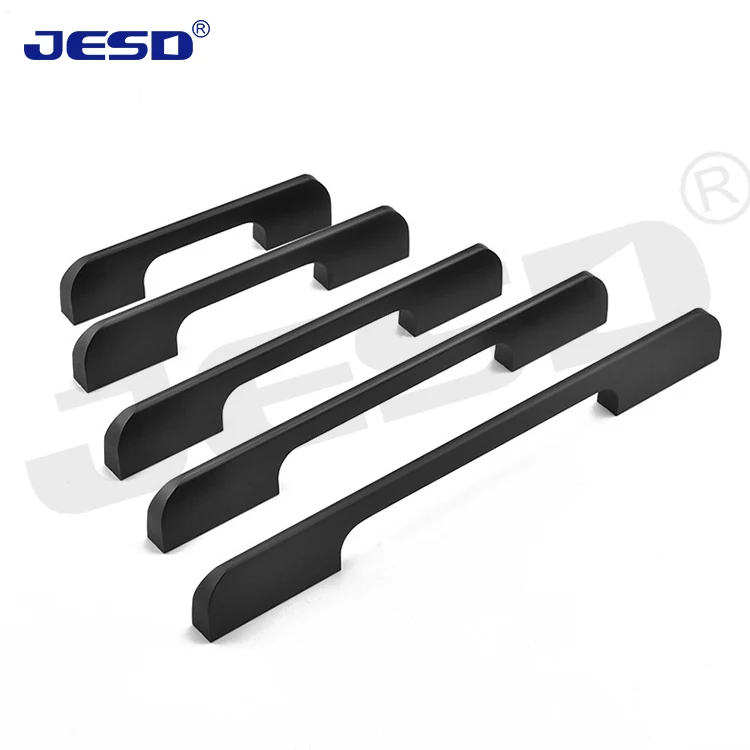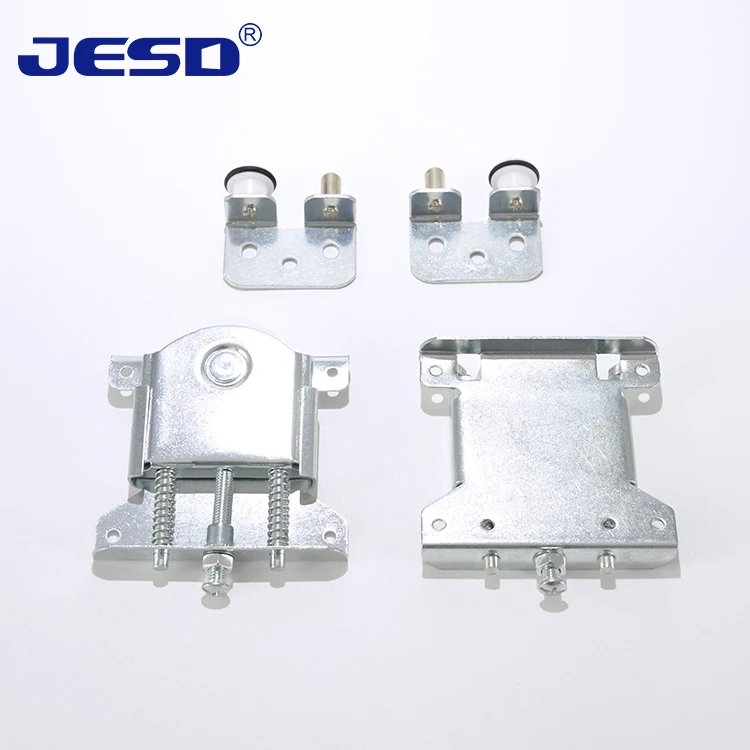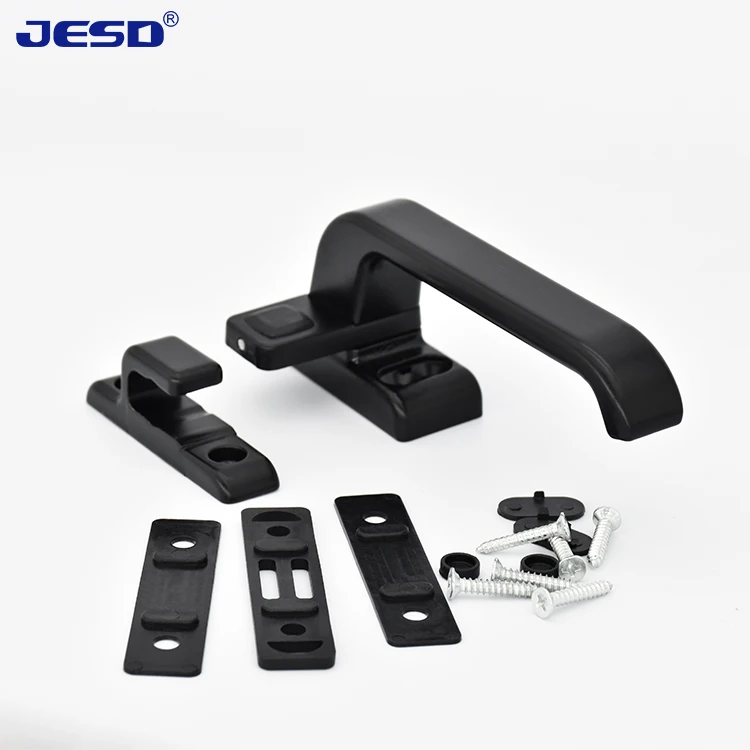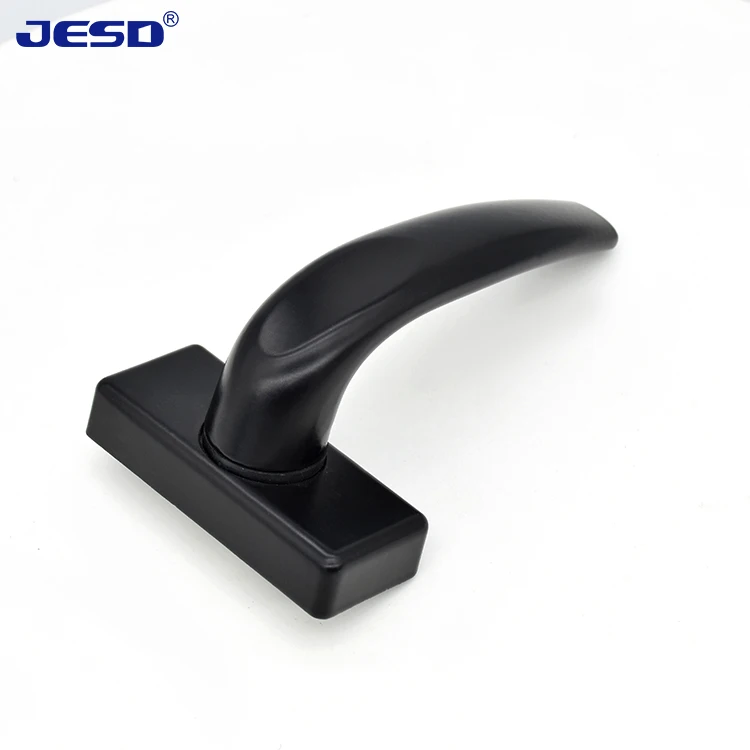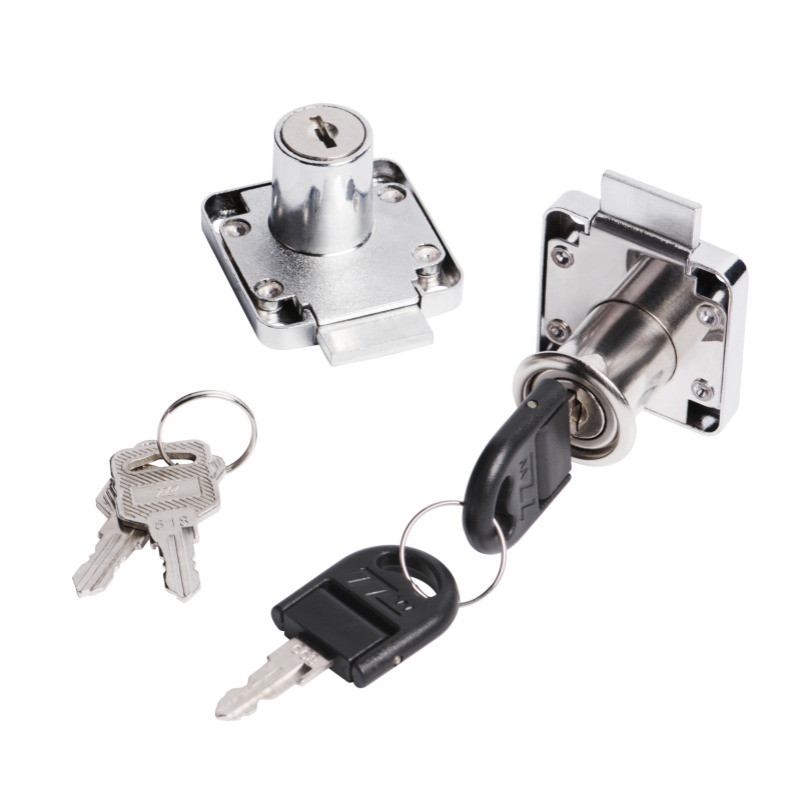The Mechanics and Functionality of Friction Hinges
Mechanical devices based on the principle of friction to offer a controlled movement while maintaining a secure position. They are commonly found in different applications including furniture and industrial machinery where there is a need for both smoothness and adjustability.
Principle of Operation
Any robust interaction between two continuously linked surfaces defines how friction hinges operate. By pressing these surfaces together, they create resistance known as friction. In a friction hinge, this force is adjusted so as to allow smooth movement without sliding.
Components
The typical structure of a friction hinge consists of two major parts; namely, stationary base and rotating element which are usually mounted on the structures and objects that are supposed to move respectively. There is an arrangement in form of this material that is present between the two components. This component can be applied with specialized coating or set of interlocking teeth or even spring-loaded mechanism where one may adjust pressure to be exerted.
Adjustability
Commonly, friction hinges have some level of adjustment capabilities thereby enabling users control its tightness or looseness otherwise referred to as resistance. Some mechanisms include tightening screws, levers or even pneumatic or electronic actuators. Modifying level of grip enables one to optimize behavior for specific contexts hence increasing their adaptability.
Applications
There are numerous applications where we find use for such kind of mechanical devices. In furniture designing, these tools find convenient application in such parts like cabinets, doors, and drawers whereby they ensure easy opening/closing hence no accidental cases occur during manufacture process. For accurate location as well as rigid fixtures within assemblies and tooling in general they utilize the same mechanics.
Advantages
The selling point about them as far as secure fastening system which is adjustable goes is that it eliminates complexity involved when locking mechanisms are being used by device manufacturers . One more thing; they are less sophisticated yet reliable and affordable.
Conclusion
The role played by friction principles in making possible smooth but not jerking motion has made the friction hinges to become versatile mechanical devices. They are used in different applications ranging from furniture at home to machines in factories due to their simplicity and ability to be adjusted. By knowing how friction hinges work, one can make a perfect choice of a hinge that will suit his or her needs better.
Explore Window friction stay : Beauty & Function Combined
ALLIdentify different forms of window handles
Next
 EN
EN
 AR
AR
 BG
BG
 HR
HR
 NL
NL
 FR
FR
 DE
DE
 EL
EL
 HI
HI
 IT
IT
 JA
JA
 KO
KO
 NO
NO
 PT
PT
 RO
RO
 RU
RU
 ES
ES
 SV
SV
 TL
TL
 IW
IW
 ID
ID
 SR
SR
 VI
VI
 TH
TH
 TR
TR
 FA
FA
 MS
MS
 GA
GA
 IS
IS
 HT
HT
 UR
UR
 BN
BN
 GU
GU
 LO
LO
 MN
MN
 NE
NE
 KK
KK
 UZ
UZ
 KY
KY

